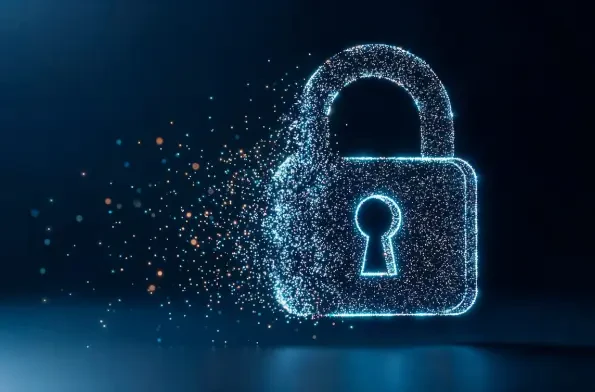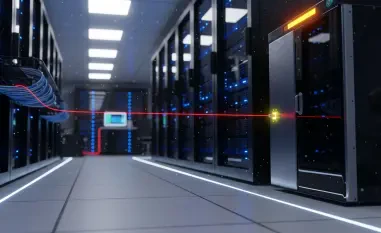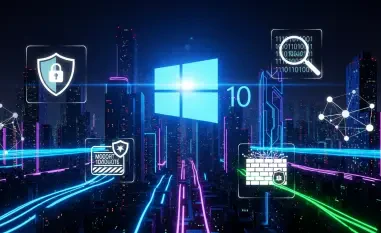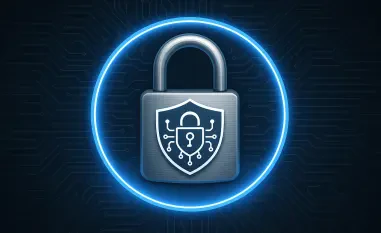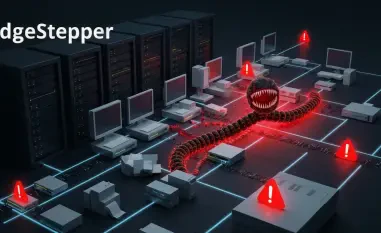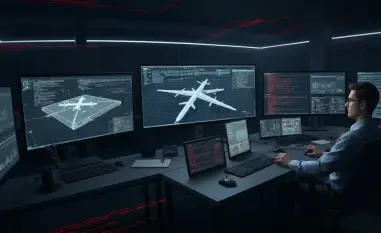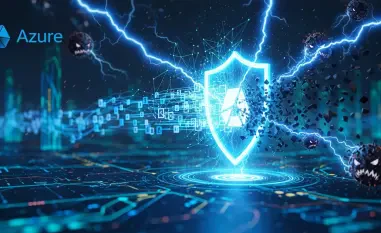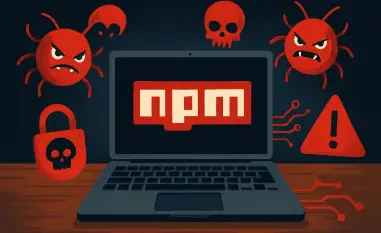Recent advancements in cyber warfare highlight a persistent challenge: protecting U.S. defense and critical systems from Iranian cyber threats. This environment of increasing danger is defined by the strategic operations of Iranian state-sponsored actors, targeting vital sectors including the Defense Industrial Base, Operational Technology, and Critical Infrastructure. Rising geopolitical tensions contribute to the complexities of this cyber threat, demanding enhanced vigilance and sophisticated defensive measures.
Overview of Current Cyber Threat Landscape
In recent months, agencies such as CISA, the FBI, and the NSA have noted a marked increase in cyber activities derived from Iranian sources. These activities predominantly target U.S. defense systems, exploiting weaknesses in outdated software and default password usage. Sectors most at risk include the Defense Industrial Base, Operational Technology networks, and essential infrastructure systems. State-sponsored cyber actors, acting under the auspices of the Iranian government, present a significant and consistent threat to these domains, using advanced techniques that bypass traditional security measures.
The threat landscape, however, is not confined to a single sector, as Iranian-affiliated actors methodically explore vulnerabilities across all industry sectors. The collective intelligence from U.S. cybersecurity agencies underscores the emphasis placed on coordinated defensive efforts. With the landscape constantly evolving, a deeper understanding of specific threat vectors and the implementation of robust security protocols are imperative for protective strategies.
Key Trends in Iranian Cyber Activities
Evolving Techniques and Threat Vectors
Iranian cyber actors continuously refine their attack methodologies, employing a suite of tools that enhance their capabilities. Tools for reconnaissance, automated password guessing, and password hash cracking epitomize the evolving nature of these techniques. Among the favorite tactics leveraged by these actors are Distributed Denial of Service (DDoS) attacks and the strategic deployment of Remote Access Tools, allowing for a multifaceted approach to infiltrating secure networks.
Additionally, by harnessing both legitimate and malicious utilities, Iranian cyber operatives can exploit network vulnerabilities with increased precision. This includes employing PsExec or Mimikatz for network lateral movement, enabling attackers to escalate access privileges subtly. These tactics consistently underscore the importance of maintaining up-to-date defenses that can mitigate such advanced threats effectively.
Increasing Scale and Complexity of Attacks
The escalation in cyber attack volume reflects an expanding operational scale, with Iranian threat actors increasingly focusing on intricate assault mechanisms. Data indicates a significant rise in attacks over the past years, with notable incidents impacting not only the U.S. but its allies. Understanding Iran’s shifting priorities, largely influenced by regional geopolitical tensions, sheds light on their strategic targeting decisions.
The complexity of these cyber assaults places heightened importance on sophisticated defensive postures. As these attacks occur at an unparalleled rate and complexity, organizations must develop adaptable strategies able to respond to the intensified sophistication characterizing modern threat landscapes.
Challenges Posed by Iranian Cyber Threats
The threats from Iranian actors present technological challenges that can disrupt even robust security infrastructures. Exploitations often result from outdated systems, featuring legacy software with exploitable vulnerabilities, or from default and easily compromised passwords. Compounding this threat is the increasing sophistication of state-sponsored cyber attacks, which require robust, multi-faceted defense strategies.
For organizations, defending against highly orchestrated cyber operations necessitates a technical and procedural overhaul. This includes updating systems to the latest configurations, adopting strong authentication practices, and conducting comprehensive security awareness training. Implementation of cutting-edge technology solutions can better prepare organizations to identify and neutralize threats proactively.
Regulatory Implications and Security Measures
A proactive regulatory framework is vital to combat emerging cyber threats, with key regulations defining required security measures to reinforce system defenses in the U.S. Compliance with these measures—adopted by organizations in various sectors—provides a critical baseline for combatting intrusive cyber activities. The combined efforts of agencies such as CISA, the FBI, and the NSA ensure a unified approach to safeguarding national security.
Requirements specified in these regulations foster enhanced security practices, urging entities to integrate constant monitoring and adapt swiftly to emerging threats. Collaborative approaches between regulatory bodies and private organizations strengthen the defense posture overall, ensuring robust security measures are enforced as standard industry practices.
Future Directions and Industry Implications
The integration of innovative technologies and adaptation to evolving cyber tactics remains paramount in shaping a safe cyber ecosystem. Emerging technologies, such as artificial intelligence and machine learning, present opportunities to enhance threat detection and response capabilities. As these tools mature, organizations must consider transformative changes in their cybersecurity infrastructure to counter Iranian cyber threats effectively.
Transforming defensive strategies is vital as the interplay between consumer behavior and cybersecurity awareness evolves. Organizations must prioritize innovation that harnesses advanced technological solutions while considering broader economic conditions. These shifts provide fertile ground for innovation, equipping industries to anticipate and address future disruptions proactively.
Conclusion and Recommendations
Reflecting on the present landscape, Iranian cyber threats continue to evolve, requiring U.S. organizations to adopt robust defensive strategies. Prioritizing the development and implementation of comprehensive threat management systems can play a critical role in safeguarding against sophisticated cyber threats. Advancements in collective cybersecurity practices promote a dynamic response capability necessary to counteract evolving risks. As emerging technologies shape the future, organizations must invest in digital security solutions that adapt to these changing threats, ensuring continued resilience and operational integrity in an interconnected world.
